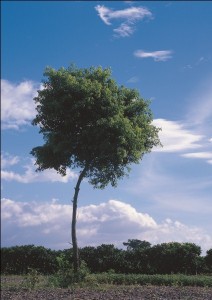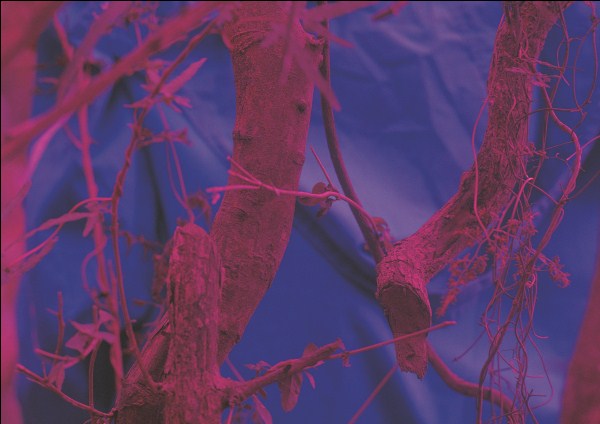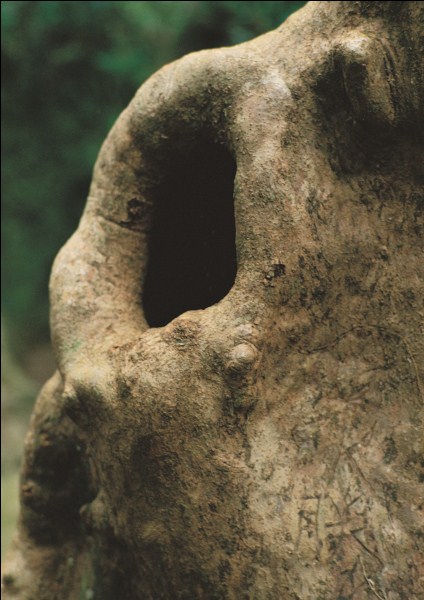Hi Everyone,
This week’s article focuses on existential anxiety. The discovery of the idea of existential anxiety has been I think the most informative and transforming single factor in my approach to the challenge of anxiety over the last year. It has really made a big difference to the way I see and experience myself in the world. The article is an attempt to give a taster of existential anxiety and what an important influence it is in our life, I hope you enjoy it!
Yours in the spirit of being,
Toby
 Article of the Week:
Article of the Week:
Finding Your Best Response to Anxiety – An Existential Perspective
How do you think about your anxiety, and what you need to do to overcome it? For many people, meditators included, anxiety comes under the section of “things that need to be overcome” or “things that need to be gotten rid of”. In this article I would like to suggest that specific aspects our anxiety should come under the section “things that need to be understood and responded to effectively” rather than gotten rid of.
Two types of anxiety
In order to help us understand anxiety it is helpful to distinguish two fundamental types of anxiety. For these definitions I am drawing upon the work of Rollo May in his book “The Discovery of Being” which is an excellent introduction to the field of existential psychology and philosophy:
Causal Anxiety– Causal anxiety is anxiety in our life and mind that has a cause. We are in debt, our child or loved one is sick, we have been dumped or sacked, our cat is keeping us up all night meowing, we are repressing unresolved emotion. All of these are examples of anxiety and stress in our life that is caused by something specific. The way to work with causal anxiety is to become aware of its cause and to work to alleviate it.
Existential Anxiety– This second type of anxiety is the type that arises simply from existing or being alive. We exist as human beings, with a sense of self, and as such we find ourselves continually having to affirm that existence or aliveness against the forces that are continually trying to destroy us.
There are two fundamental points about existential anxiety: Firstly, we can never get rid of it. It is ontological, or inherent in the process of being alive. You will only get rid of your existential anxiety on your deathbed as you release your being to the process of death and dissolution. Secondly existential anxiety is fighting a battle that we can never “win”. It is the struggle of our being against non-being or, put another way, the struggle of our life against the threat of death. The only way to “deal” with our existential anxiety is to accept the inevitability of our death and dissolution, and to live our life while it lasts in the most courageous manner possible.
Why is understanding existential anxiety important?
Understanding existential anxiety is important because, if we are not aware of it then we will find ourselves projecting it onto other areas of our life, and when we do so this anxiety will then become neurotic and even pathological. For example if I project my existential anxiety on my career, then my work will become an expression of my unconscious fight against the reality of death, rather than an expression and celebration of my highest and best self.
Secondly understanding existential anxiety is important because if we can see it and experience it clearly in our life, then we can respond to it effectively. If we remain unaware of it, the chances of us articulating a positive response to it are hugely reduced.
The classic response of the masses to existential anxiety.
How do most people deal with their existential anxiety? It’s simple, conformity. They de-emphasize themselves as an individual being and instead adopt the consensus of opinions, habits and ways of being prevalent in their society at the time. Along with this conformity comes a corresponding loss of awareness, sensitivity and ability to articulate whatever it is that characterizes you as a unique human being. In short, the unconscious response of most people to their own existential anxiety is to lose themselves in the trance of mass consciousness, which serves as a kind of placebo or tranquilizer. It is an avoidance technique really, but since we do it all the time, most people have no idea that they are doing it.
Three possible responses to existential anxiety to meditate upon.
These are not necessarily easy or immediately pleasurable, but if stuck with lead to a much deeper and more authentic response to our life, our existence and the challenge/opportunity it poses:
- Even though I will inevitable lose the fight of my life against death I can nevertheless use the time I have to articulate the beauty and uniqueness of my individuality whilst it lasts.
- Does the fact that my individual being is impermanent and transient, like a flower in spring not make it all the more beautiful and valuable? I can choose to enjoy it and cherish it whilst it lasts.
- My appreciation of the beauty and transience of my own individual existence can help me value the unique individuality of other living beings around me, and cause me to help their individualities to flower fully. I can choose to care for them, value them deeply and, help them articulate their own response to the challenge of life and death.
In conclusion
Existential anxiety is something that you will have to deal with all your life. You can never get rid of it, or even meditate it away (that is to say you can lose your sense of it in deep meditation, but upon your return to daily life it returns). You can only work with it or try and avoid it, your choice!
Existential anxiety is potentially one of our most powerful and constructive driving forces in our life. Unfortunately for many people the standard response seems to be conformity and avoidance (and the consequent neurosis and pathology), or selfishness and egoism.
The primary requirement for making friends with existential anxiety is courage, the courage to confront the forces of life and death as they exist in your life right now, and to live your being fully now in the light of your inevitable non-being.
© Toby Ouvry 2011, you are welcome to use or share this article, but please cite Toby as the source and include reference to his website www.tobyouvry.com
 The salt analogy is this; if you put a teaspoon in a cup of water, stir it in and then taste it, it tastes horrible. However, if you take a bucket of water, stir a teaspoon full of salt into it and then take a sip of it, it will still taste basically ok.
The salt analogy is this; if you put a teaspoon in a cup of water, stir it in and then taste it, it tastes horrible. However, if you take a bucket of water, stir a teaspoon full of salt into it and then take a sip of it, it will still taste basically ok.


 Meditation Workshop: An Introduction to Meditation From the Perspective of Tibetan Buddhism
Meditation Workshop: An Introduction to Meditation From the Perspective of Tibetan Buddhism
 Article of the Week:
Article of the Week: Article of the Week:
Article of the Week:
